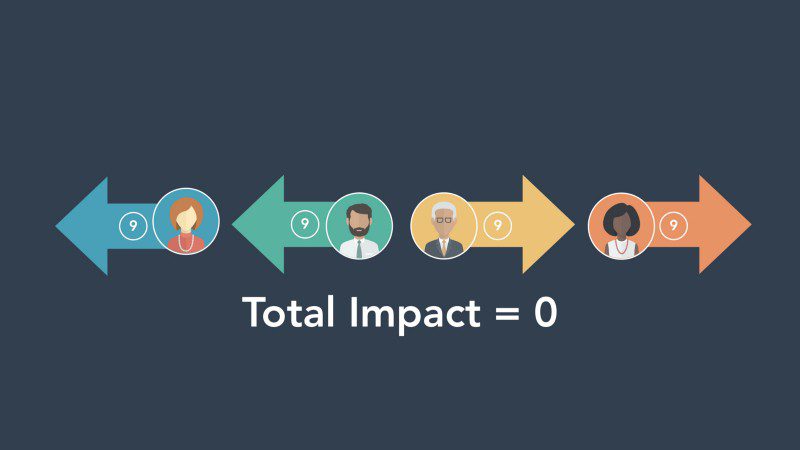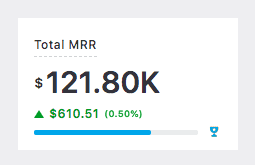Setting a goal doesn’t entail predictability. But it’s the first step.
What follows setting a goal is the difficult chasm between knowing what numbers are important to the organisation, and aligning it to the numbers that matter to the team, and to you. Because each team is working with distinct parts of the customer lifecycle, bridging this chasm is harder than it sounds.
For example, MRR means different things to different teams, even though it is the north star metric.
The Marketing team’s guiding metric is New MRR by acquisition channel. For the Customer Success team, it is Upgrade MRR and Downgrade MRR. The Sales team’s main metric is New MRR.
If you scale it down further, a demand generation manager worries about New MRR by organic channels and paid channels. A sales manager is keen on knowing New MRR by each SDR. A Customer success rep seeks the Upgrade and Downgrade MRR of his cohort of high-value customers.
The consequence of scaling a metric down poorly, of course, or not doing it at all, is misalignment, as Dharmesh Shah points out in his post about aligning teams for business growth.


That’s why we built Goal Tracking at RevenueStory. You can set your broader goals at the organisation-level so everybody gets visibility into the larger narrative. You could track them at the team-level, and at an individual level. And, in real-time. With insight into alignment at all three levels, you know exactly what every person in your team or organisation needs to do if you haven’t crossed that halfway mark by the middle of the quarter.
To make your goal tracking even more effective, there are RevenueStory’s Alerts. They’re for those less forgiving metrics that demand more than regular check-ins. For example, if your Downgrade or Cancellation MRR spikes up towards the end of the month, it could negatively impact your Total MRR without immediate attention from the right person in the right team.
How do you set up Goal Tracking and Alerts with RevenueStory?
Goal tracking:
You can set goals for Total MRR, New MRR, Upgrade MRR, Signups, & Activations. You can set Fixed or % goals at an org, team or individual level.
On your RevenueStory dashboard, you can set a goal for these metric by hovering over the KPI and selecting “Set Goal”.
![]()
Once you’re done, it’ll look something like this:

Alerts:
Log into your RevenueStory app, and click the bell icon on the top right and set limits for your metrics. You can also set alerts for segments like high-value customers, sales agent, etc. Or you can watch it here:
The ideal way to go about this would be to set alerts for your scary metrics like cancellation MRR and Downgrade MRR, and set goals for your happy metrics like New MRR, Upgrade MRR, Signups, and Activations.
If you are on any of Chargebee’s paid plans, you have access to Alerts. Goal-tracking is currently a RevenueStory Premium feature but will be opened up to all paying Chargebee users by December 15, 2018.
What other problems do you face when you think about goals? Write to me at ashwini at chargebee.com and I’d be happy to help.
